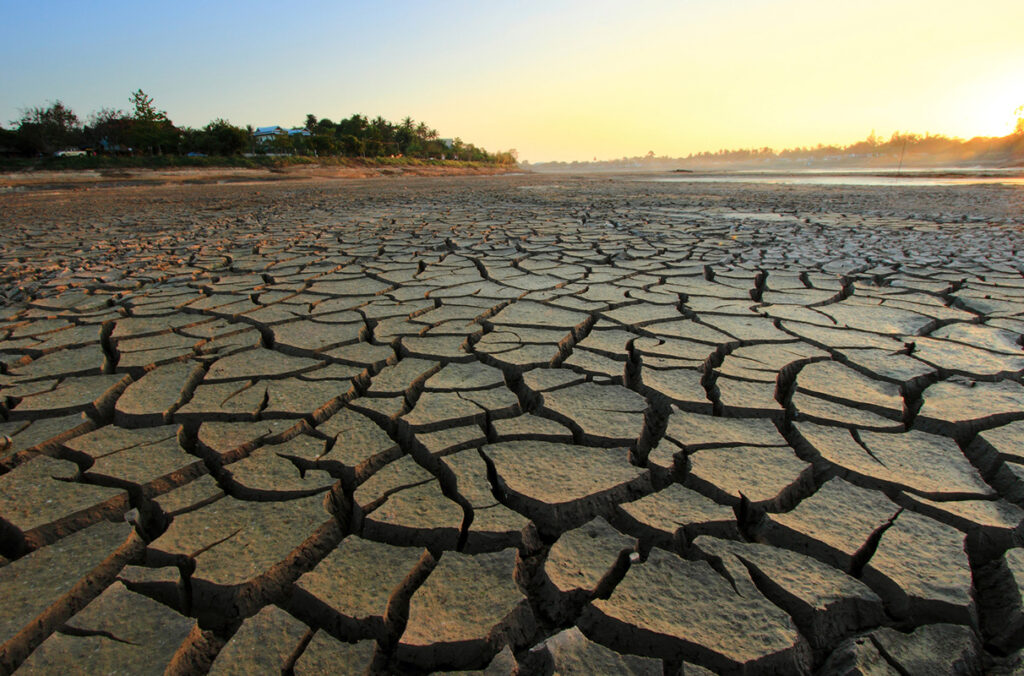
ESSIC scientist Weston Anderson is a co-author on a new paper out in Nature Climate Change titled “Enhanced risk of concurrent regional droughts with increased ENSO variability and warming”.
In the study, Anderson and his colleagues used multiple large ensemble simulations of a high-emissions scenario to show increased risk of compound droughts during the boreal summer over ten global regions. They found that the probability of compound droughts increases by ~40% and ~60% by the middle and late twenty-first century, respectively, with a disproportionate increase in risk across North America and the Amazon. These changes contribute to an approximately ninefold increase in agricultural area and population exposure to severe compound droughts with continued fossil-fuel dependence. This points to the observation that food produced in the Americas could therefore be more susceptible to climatic hazards, leading to supply shortfalls that could affect global prices and amplify food insecurity.
“The potential for a food security crisis increases even if these droughts aren’t affecting major food producing regions but rather many regions that are already vulnerable to food insecurity,” said coauthor Weston Anderson, an assistant research scientist at the Earth System Science Interdisciplinary Center at the University of Maryland. “Simultaneous droughts in food insecure regions could in turn amplify stresses on international agencies responsible for disaster relief by requiring the provision of humanitarian aid to a greater number of people simultaneously.”
Anderson is a climate scientist studying the dynamics of climate variability and its relation to food security using reanalysis products, remote sensing observations and model simulations. He is an Assistant Research Scientist at the Earth System Science Interdisciplinary Center at the University of Maryland and at NASA in the Earth Sciences Division.
To access the paper, click here: “Enhanced risk of concurrent regional droughts with increased ENSO variability and warming”.
To read a press release on this study, click here: “Co-occurring droughts could threaten global food security”.






